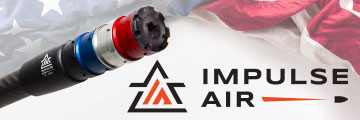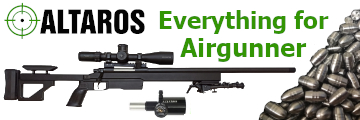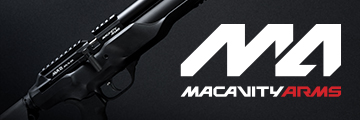When did we first learn of FFP scopes? Ten years ago? 12? Before that, most airgun scopes were 1" tube, SFP, implicit MOA, and didn't have mil hashmarks or christmas tree reticles. And somehow we still hit stuff we aimed at. Fairly often, anyway, and misses weren't the fault of the scope.
Agree with comments above that FFP isn't particularly practical for typical airgun distances, other than for competition. You can't see the reticle at short distances unless you crank up the magnification. If you do that, it can be hard to find the target and the reticle jumps around with breath and heartbeats. Illumination doesn't help in daytime.
I'm coming (back) around to compact, lightweight, SFP scopes, 1" tubes, 16x max mag, simple reticles, quality glass.
For the poll, I'm estimating my scope inventory at 50% SFP and the other half FFP.
My $0.02.

















































